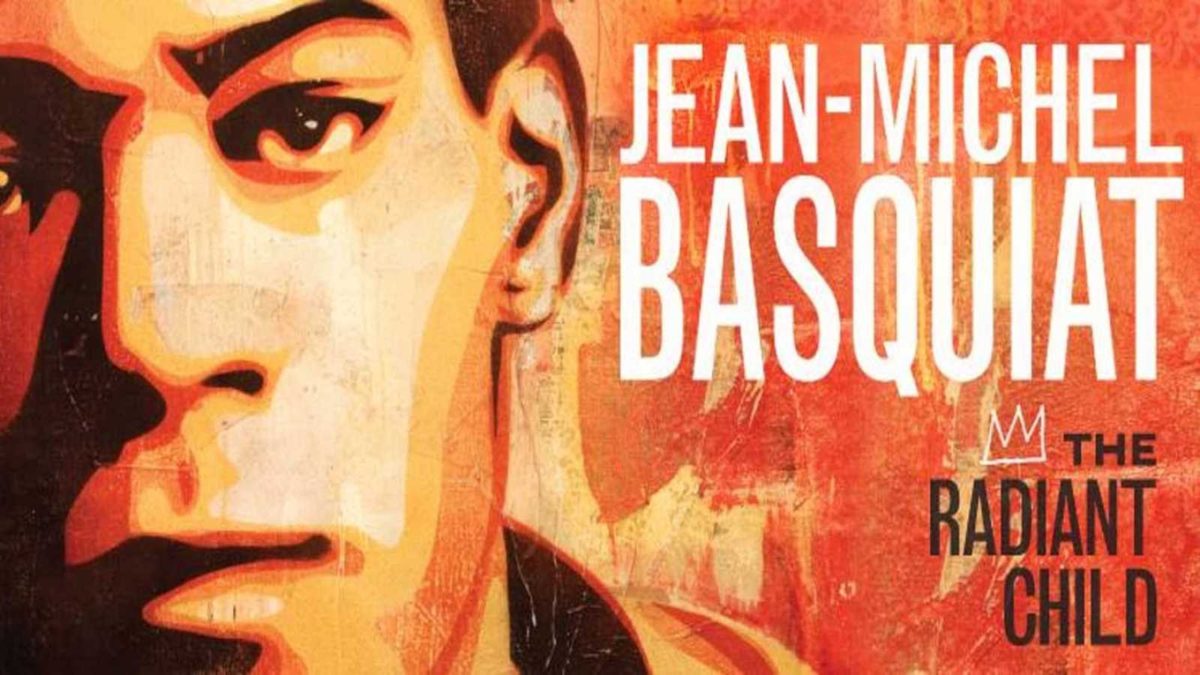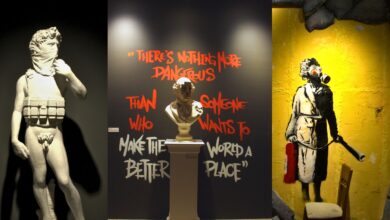Film Review: Jean-Michel Basquiat: The Radiant Child
 Supplied
SuppliedJean-Michel Basquiat: The Radiant Child
Directed by Tamara Davis
Released 2010
Due to his untimely death, and the profundity of his large collection of paintings, Jean-Michel Basquiat has always cast a mysterious shadow over the art world. Thus, the existence of a documentary centered on an interview with his close friend Tamara Davis, is a blessing to admirers of both the work, and the man behind it.
Jean-Michel Basquiat: The Radiant Child, which is constructed around this interview, perambulates through various crucial moments of this mystical and eclectic man’s life — exploring how, as the director puts it, “Jean-Michel Basquiat became famous for his art, and then became famous for being famous, and then became famous for being infamous.” The major success of this documentary is the summarized aesthetic it employs, as none of the periods were dwelled upon unnecessarily. The incorporation of footage of his acting in the short film Downtown 81, and various interviews from close friends, lovers, and patrons adds a colourful and insightful depth to the film and its subject.
Spanning the film’s 90 minutes are Basquiat’s beginnings in New York City, with his initial conceptual, poetic expression as part of the graffiti duo SAMO (Same Old Shit), to his sudden fame, exhibiting neo-expressionist paintings in galleries and museums internationally. Even his experimental dabble into music with the band GRAY is touched upon. Basquiat’s mysterious nature is amplified by the numerous creative outlets he employed and the unusually large volume of work he left behind. Similar to the rapper Tupac Shakur, he produced an immense amount of work, with pieces numbering up to more than a thousand, before his death at 27.
Akin to many artists, Basquiat was reclusive in nature, but bubbling internally with rich ideas — this characteristic is especially represented in the interviews and video recordings of him. His disposition is mostly reserved, but he becomes lively when talking about his art or the perception towards his art. The intricacies of his ideas and personality is glimpsed in his conversation, and the stories told by his close friends.
The latter part of the documentary explores Basquiat’s tortured relationship with fame, which eventually lead to his experimentation with drugs. The inexperience and frivolous nature of his relationship with fame and money is represented with his friends describing his penchant for leaving wads of cash in odd places around his apartment.
Also, Basquiat’s experience as a black artist, and the lack of acceptance from the intellectual art community is discussed. A powerful scene shows an interviewer describing his paintings as “primal expressionism” to which he responds, “Like an ape…” His frustrations with the racist undertones of the language employed by the press and critics is laid bare.
Basquiat’s enigma and mysticism holds such an intensity that even with the exploration of his life in this documentary — albeit in a minimal tone — the audience cannot relate to him. The documentary does a good job of providing insight and context to his life, but just as his work was light years ahead of his time, the man will always be extraordinary to us.




